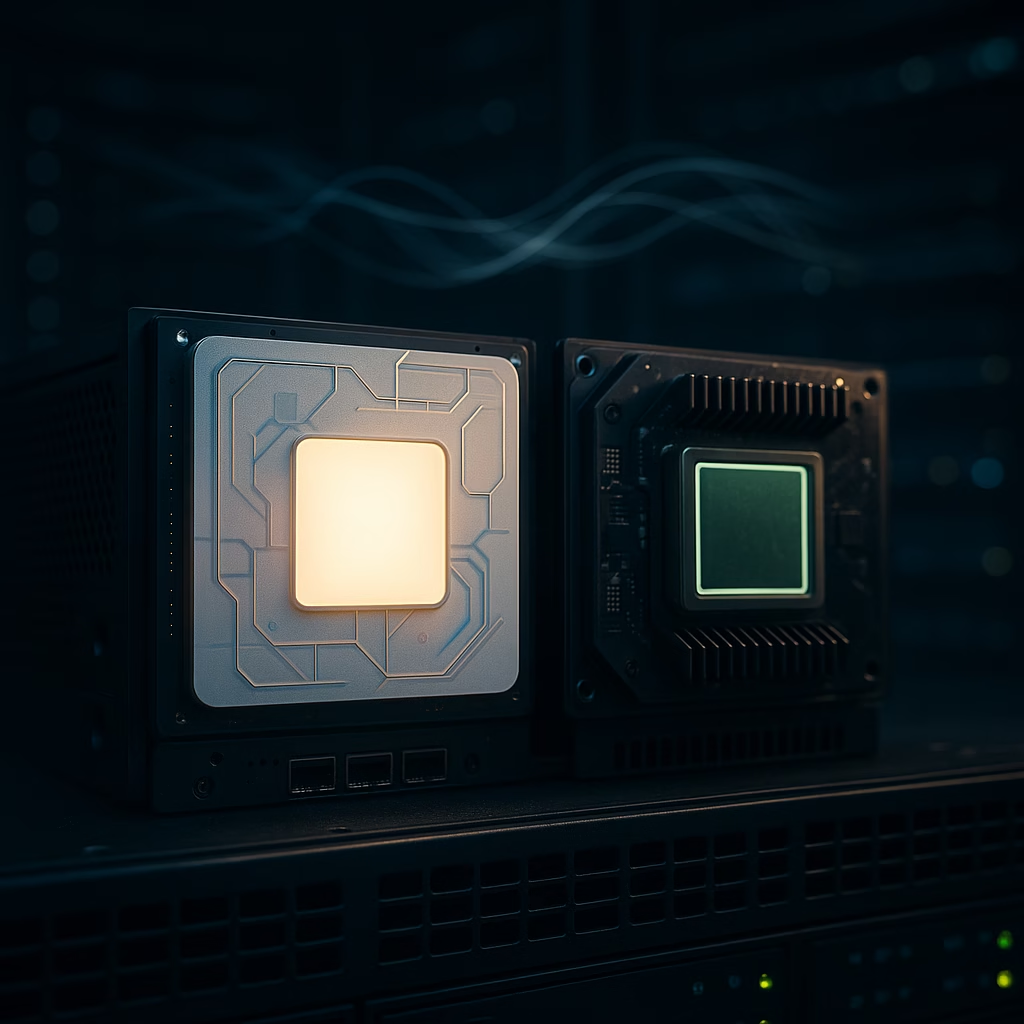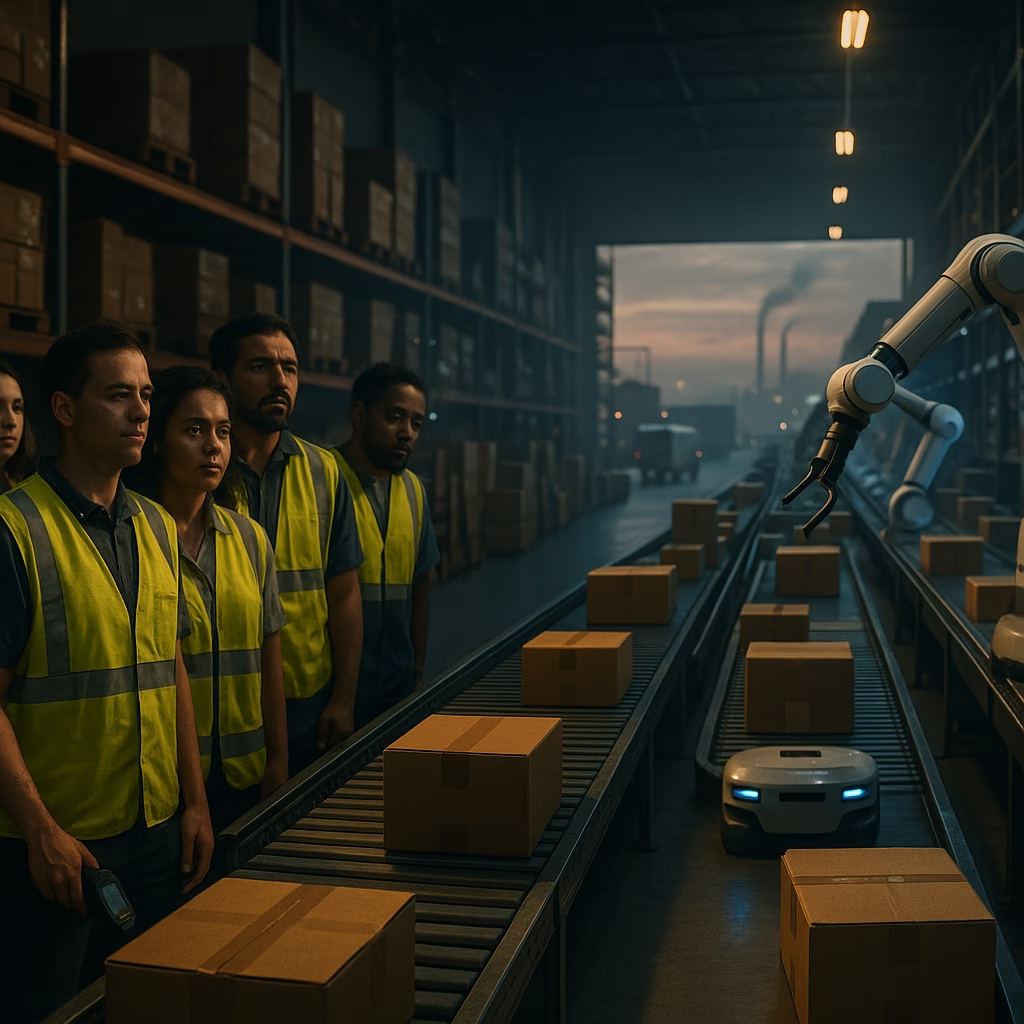The Difference Between Search Engines, Generative AI, and Automation Tools
In our rapidly evolving digital world, it’s easy to confuse the roles of search engines, generative AI, and automation tools. Each serves a distinct function, but collectively, they’re transforming how professionals — including lawyers, marketers, and business owners — work, research, and deliver results. Understanding the key differences between these technologies is crucial for leveraging them effectively.
What is a Search Engine?
At its core, a search engine is designed to retrieve and rank information from the internet. Think of it as a massive, organized library that catalogs websites based on their relevance to specific keywords. Common examples include Google, Bing, and Yahoo.
How Search Engines Work
Search engines perform three main functions:
- Crawling: Scanning web pages and collecting data.
- Indexing: Organizing data so it can be quickly accessed.
- Ranking: Showing users the most relevant or popular pages based on search queries.
Search engines don’t create new content; they surface existing information based on a user’s search intent. The algorithms used consider various ranking factors including keywords, page authority, user engagement, and mobile-friendliness, among others.
What is Generative AI?
Generative AI, on the other hand, refers to tools and platforms that use artificial intelligence to produce original content — including text, images, audio, and even code. Unlike search engines that direct users to sources of information, generative AI can create useful material on demand, even if it doesn’t exist elsewhere on the internet.
Examples of Generative AI
- ChatGPT
- Bard (Google’s AI tool)
- Claude (Anthropic’s AI)
- Midjourney and DALL·E (for AI-generated art)
Generative AI is trained on extensive datasets, which allows it to understand syntax, meaning, and context. This enables it to perform tasks such as:
- Drafting Memos and Contracts
- Generating Social Media Captions
- Creating Legal Briefs (with caution)
- Answering Complex Questions with Contextual Understanding
However, while generative AI can sound convincing, it’s important to remember that it can “hallucinate” facts or fabricate information, especially when it lacks direct sources. This makes human oversight critical in areas like law and medicine.
What Are Automation Tools?
Automation tools are software applications designed to reduce human intervention by executing repetitive tasks. They don’t search or generate content per se, but rather streamline operations by executing predefined workflows. In essence, think of them as digital robots that follow a set of instructions to increase efficiency.
Examples of Automation Tools
- Zapier
- IFTTT
- Microsoft Power Automate
- Clio (for legal practice management)
- Calendly (for scheduling)
These tools are ideal for tasks such as:
- Filing documents automatically
- Scheduling meetings
- Sending reminders or follow-ups
- Pulling data from one platform to another
Automation tools rely on structured, rule-based logic. Unlike generative AI, they don’t need to “understand” content; they simply need inputs, conditions, and outputs predefined by a user or developer.
Key Differences at a Glance
The table below summarizes how search engines, generative AI, and automation tools contrast in intent and functionality:
| Technology | Purpose | Example Tools | User Input Needed | Output |
|---|---|---|---|---|
| Search Engine | Find and rank existing information | Google, Bing | Search terms | Links to existing websites |
| Generative AI | Create original content using AI models | ChatGPT, Bard, Claude | Prompts, questions, or tasks | New content (text, images, code) |
| Automation Tools | Execute tasks with minimal human input | Zapier, IFTTT, Clio | Workflow scenarios | Completed task or action |
How These Tools Interact
Modern professionals increasingly combine these technologies to boost productivity and efficiency:
- Search engines provide the data needed for informed decisions or in-depth research.
- Generative AI transforms data into written summaries, letters, or presentations.
- Automation tools trigger tasks based on inputs and outputs, such as sending emails when content is generated or sourcing search engine data into a dashboard.
Consider a law office: a paralegal might use Google to research case law, ChatGPT to draft a first version of a motion, and Zapier to automate client follow-ups and document filing. Together, these tools can help reduce overhead, minimize manual tasks, and enhance the client experience.
Best Practices When Using These Tools
To make the most of search engines, generative AI, and automation tools, keep these best practices in mind:
- Always fact-check AI outputs; never assume they’re legally or ethically accurate.
- Use search engines for validation and sourcing; find reputable citations to support AI-generated content.
- Document your workflows when using automation to ensure transparency and legal compliance.
- Mix and match cautiously — what works well for one industry may not be suitable for another.
Closing Thoughts
The digital landscape is evolving, and these three technologies — while different — are the pillars of modern productivity. By understanding what each tool does best, professionals can position themselves for success in a world shaped by AI, data, and automation.
Whether you’re a lawyer seeking better research methods, a business owner looking to automate client communications, or a content creator exploring AI writing assistants, knowing the difference between search engines, generative AI, and automation tools is the key to working smarter, not harder.
< lang="en">







Leave a Reply